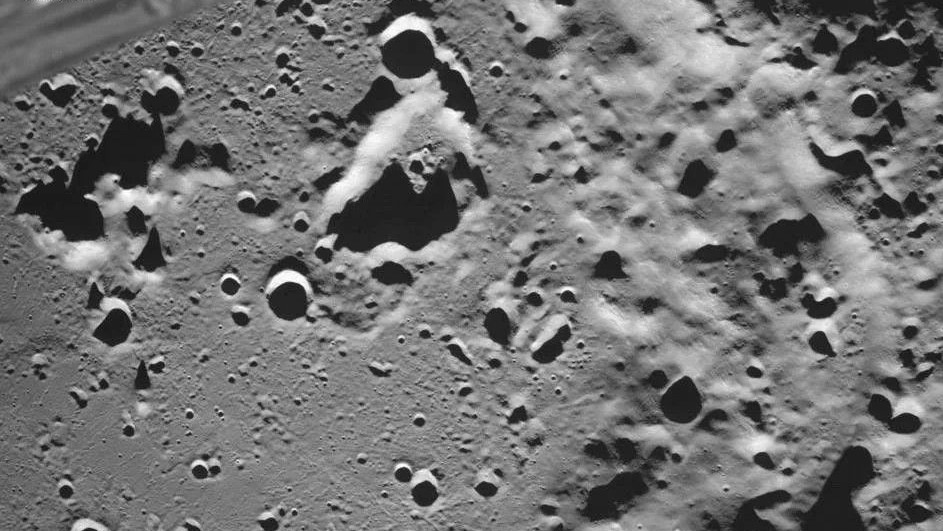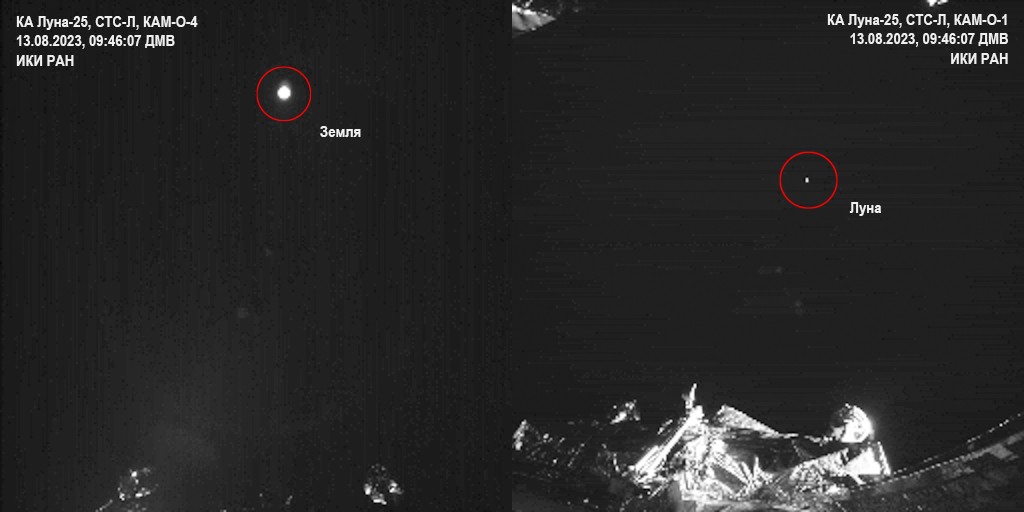
Russia is readying for its first landing on the moon in nearly 50 years.
The Luna-25 lander is scheduled to touch down as soon as Sunday (Aug. 21) on a patch of the moon's south pole in a spot that is likely filled with water ice. The exact timing of landing has not yet been released. Should it make it down safely, the mission is expected to look for ice and do other science for roughly one Earth year.
Luna-25 is a milestone mission for Russia. The last moon probe from the country to fly to lunar realms was Luna-24 in 1976, when Russia was still part of the Soviet Union. That probe landed in the moon's Sea of Crises (Mare Crisium) and ferried a sample back to Earth, a few years after the last human moon landing by NASA in 1972.
Related: Russia launches Luna-25 moon lander, its 1st lunar probe in 47 years
Luna-25 launched on Aug. 10 and sent its first in-space photos back on Aug. 13, including selfies with the moon and the Earth far behind it. The mission swiftly reached lunar orbit, which Roscosmos announced on Aug. 16.
The spacecraft's primary landing zone is Boguslawsky Crater, but if necessary there are two backup landing spots also available: Southwest of Manzini Crater, and south of Pentland A Crater.

Aside from hunting water ice, Luna 25's main science goals include examining the regolith and rocks around it, looking at the wispy lunar atmosphere and testing out technology for future landings on the moon.
Russian aerospace company NPO Lavochkin designed and built the lander, which has two major parts. It has a landing platform with a propulsion system and landing gear, including a velocity and range meter to allow for a safe touchdown. Also on the mission is a non-pressurized instrument container that includes items such as solar panels, radiators, antennas, television cameras, a power source and scientific equipment.
Luna-25 is not alone in reaching for the moon's south pole. India's Chandrayaan 3 lander will touch down in that area very soon, as soon as Aug. 23 or Aug. 24. NASA also has the south pole as a keystone part of its Artemis program to put people and landers on the moon in the coming decade.
For people, the agency plans to land the crewed Artemis 3 mission there in late 2025 or 2026, providing the earlier Artemis 2 loops around the moon as planned with its crew in late 2024 and that the spacesuits and lander are ready. NASA also has a series of commercial landers it funded, some of which may arrive as soon as late 2023.







